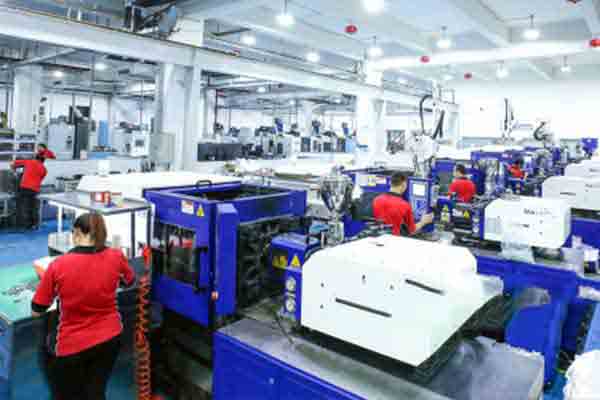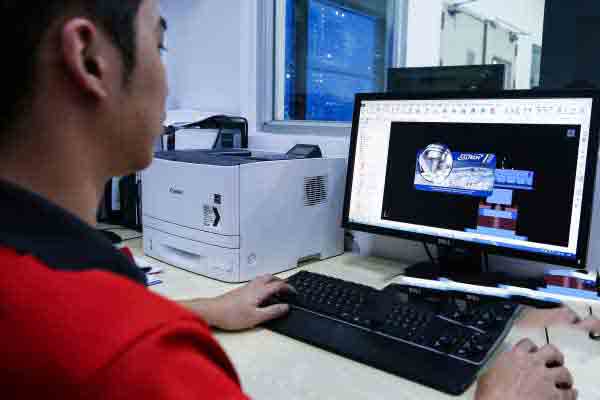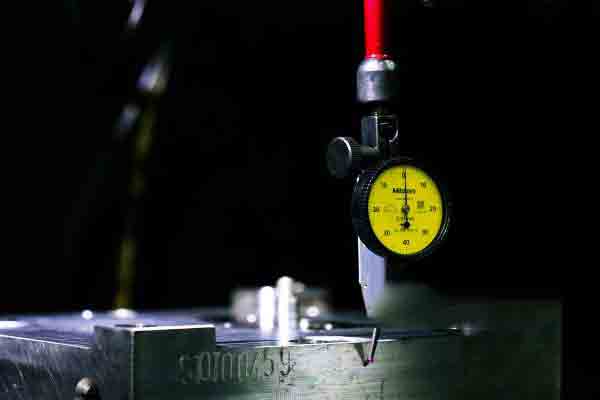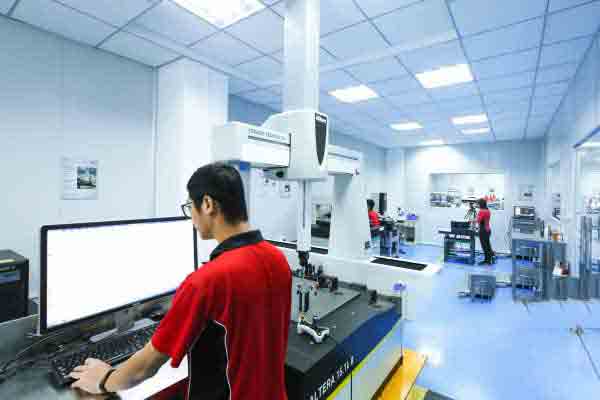
“What are the main cost drivers for manufacturing projects?”
It’s a question we often get, and although we can’t give an exact dollar value we can offer these insights about the top six factors that affect manufacturing costs. Knowing about these will help product developers just like you to anticipate and plan accordingly for your next project.
1. Labor Costs
This is the expense that varies the most depending on the geographical location of the people doing the work. We all know that labor rates vary around the world, but looking for the lowest cost can have some very large hidden expenses.

The making of complex parts requires trained operators and technicians who are highly-skilled and hence add value to the final product. In our experience, paying once for highly skilled labor as an upfront cost is much more cost-effective than paying for cheap labor and getting a poor product. Hence, this is the variable expense that we believe is most worth investing in for the best long-term results and your ultimate satisfaction.
2. Raw Material
One of the first decisions a product developer needs to make is what material to use. There are of course thousands of plastic resins and metal alloys to choose from. They all have their unique physical properties and they come at different price points.
The good news here is that this is the easiest expense to predict and control. This is because raw materials are commodities widely traded on the international market. The cost, with few exceptions, is based on material volume consumed and will not vary a great deal no matter where production takes place. Price tables for commodities are easy to find on the internet and are always being updated so developers can readily account for this in advance.
3. Part Complexity
Complexity relates to how sophisticated a particular part is and the number of production steps and separate processes it takes to achieve the final design.
With each process the cost will increase because of the additional manual labor involved in set-up, testing and measurement as well as the extra care and attention to detail required to hold tight tolerances on multiple features. Wherever possible it is usually the best practice to keep designs simple. This is good for reducing expenses and also makes manufacturing faster and easier.
4. Tooling
Some projects require that fixed tools and dies be machined first in order to then make multiple cast parts. We do this all the time for urethane vacuum casting, injection molding and pressure die casting.

The cost of such tools is based on three main inputs: the material the tools are made from, how many components they have, and whether they require special treatments like photoetching or hardening.
CNC machining does not require fixed tooling. This process takes longer per finished part than casting, but if the volumes are small it may represent one way to reduce overall project costs.
5. Volume
The price of making tools is the same no matter if they are used to make one part or one million. However, the cost per finished piece varies inversely with volume. As more parts are made from a given tool, the price for each part goes down and this is one way to amortize the initial expense.
As volumes increase the manufacturer can also optimize the production process to maximize efficiency and reduce waste to a minimum. They can also negotiate for larger bulk volumes of raw materials from the supplier.
6. Precision
Precision is a term that we often use interchangeably with accuracy, but in the world of manufacturing these two related concepts have slightly different meanings.
Accuracy means how close the measurement of a feature conforms to the exact value one is striving to achieve. This can be an inch or a meter or a micron, since accuracy is indifferent to the system of measurement being used. Whatever the nominal value, the closer you are able to make a feature to that value then the more accurate you are.

Precision means being accurate over and over again. It’s about repeatability within a range of acceptable tolerances away from the nominal value.
Many product developers don’t realize that ever higher degrees of precision and accuracy require the investment of far more time and effort. The extra work required increases almost exponentially as tolerances get ever more refined.
This is because all raw materials are affected by temperature, humidity and other environmental conditions. They move and deflect under the pressure of cutting tools and clamping forces. These are fundamental facts of the natural world that cannot be avoided. On the larger scale these movements are imperceptible and easily accepted. They increase in magnitude and significance, however, the closer one approaches the molecular.
Therefore the more perfectly you try to make something, the more you must control both the workpiece and the environment to extreme degrees. For these reasons closer tolerances and higher precision can drive up labor costs substantially and, in fact, don’t necessarily produce a better part for most common applications.
Want to learn more?
We have many other resources available to help you learn more about our materials, equipment and processes. When you’re ready to start a new project, upload your CAD design files for a free quotation today.
Chris Williams is the Content Editor at Michigan CNC Machining Parts, Inc.. He is passionate about writing and about developments in science, manufacturing and related technologies. He is also a certified English grammar snob.




